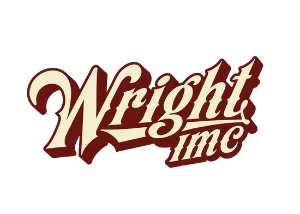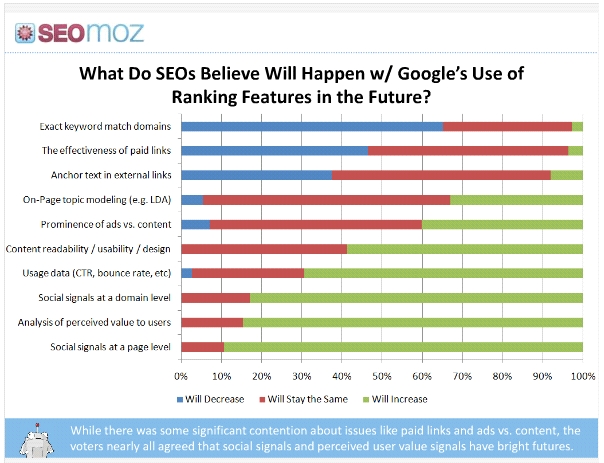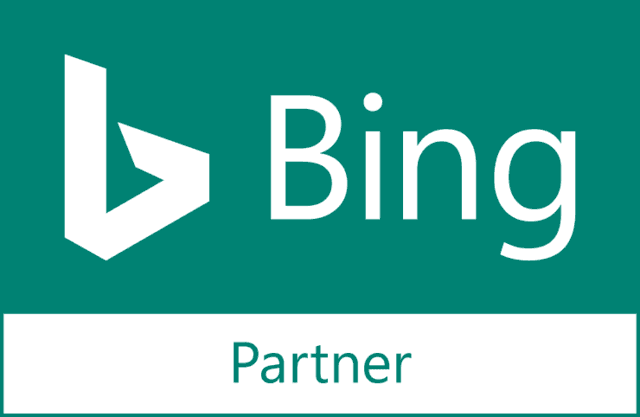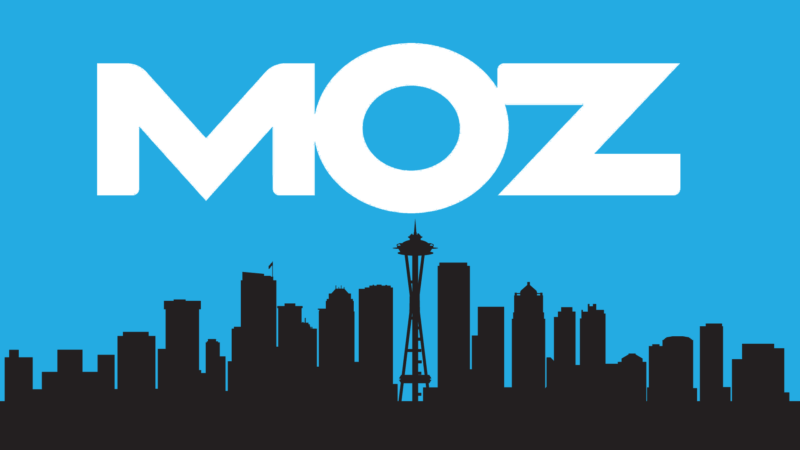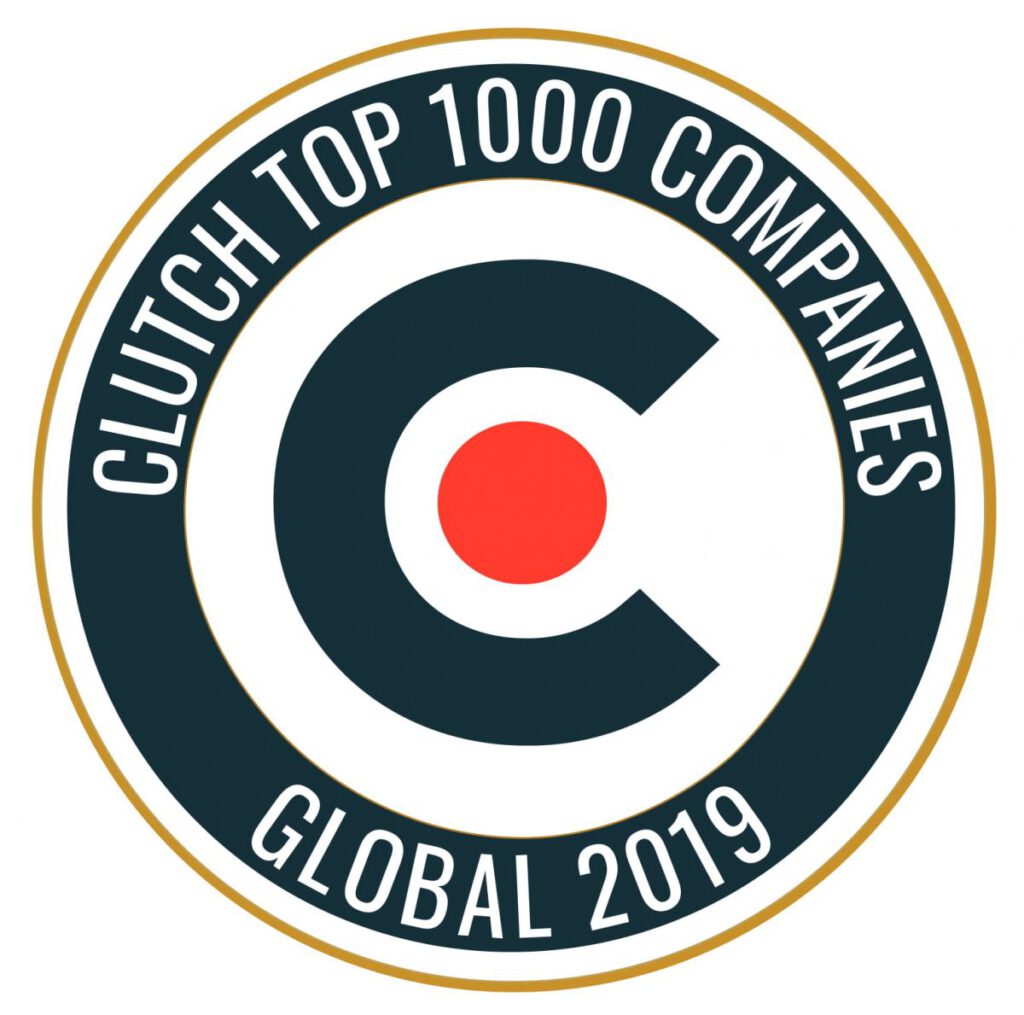Many webmasters and SEO junkies preach the importance of linkbuilding. They throw out terms such as meta tags, directory submissions, and page url’s. And while these all do hold value of some sort, are they really that valuable? Google and other search engines have never sat idly while spam techniques were exploited, and they certainly won’t let new factors that could influence ranking pass them by. Google has recently given their algorithm an update. This has caused a shift in the way links are valued, giving more weight to new techniques as opposed to the old ones. So what exactly is considered old and new link building in 2011 techniques? Glad you asked!
Old School
Many powerful sites were built on link building in 2011 techniques that are now considered old school such as,
- Directory submissions
- Meta descriptions
- Image alt tags
- Anchor text
- Blog comments
While these methods worked for quite some time, the system was susceptible to flaws and exploitation. At one time searching Google for “Exit” would list Disney.com as the top result due to the anchor text from adult sites. The landing page for most of these sites asked if a user was over 18 or not. Clicking “Yes, I’m 18 or older” funneled you to the raunchy material. If you weren’t 18, the sites directed you to click “Exit” which lead you to Disney.com and just like that, Disney was ranked for Exit! Directories also led to misleading rankings, as they do not require any great skill and poor sites were being spammed out through them. This was causing great content to go unnoticed when buried by spam techniques.
These ranking metrics caused “content farms”. Sites had thousands of pages indexed, but were hardly even readable due to the clutter from ads and hiding the content. Articles upon articles were simply stuffed with anchor text, meta descriptions, and any other kind of link possible. Sites such as Hubpages and Suite101 were key culprits of this and were chock full of user submitted content that were stuffed to the gills with links. While effective in it’s time, the new age has brought us.
New School
Google has released several updates to help promote great and original content. The Panda update dove directly through the heart of the problem. While no one outside of Google is certain of the exact algorithm, data points to the following being very important for ranking:
- Quality Content
Many people on the internet produce original content that is very helpful to searchers, but it was buried beneath crummy or duplicate content. Google can detect duplicate content and will penalize it while content that cannot be found anywhere else on the web is given more importance. This point to the importance of having a quality blog on any site with fresh content!
- Social Chatter
So let’s say you’ve created this great content. If it’s so great, wouldn’t social media be abuzz about it? That’s not to say it has to be abuzz on a “Charlie Sheen circa March 2011” level, but it should be out there. Is it on Digg or Reddit? What about a niche site such as PCmag or other relevant content sites? And of course Twitter and Facebook. Think of each tweet as a link on its own webpage. If your blog is retweeted 200 times and social media pages are given more weight than others, you’re doing very well.
Domain and page authority used to be king, but now these social signals are seeming to creep on the old authorities. The graph below, from SEOmoz in April of 2011, indicates that the majority of importance in ranking will be due to social signals, or chatter. If you aren’t creating great content, you need to be.
- Reduced Weight of Spammy Links
In the Wild West days of the internet, any link was a good link. A blog comment on Joe Schmo’s pipe site with some anchor text held the same weight as a partner link on Disney.com. This has been revised, and things such as domain authority are taken into account when judging the value of a link. Also remember that just because you have 10,000 followers on twitter doesn’t mean you’re doing well. Keep track of your Klout score, which uses an algorithm to determine your authority. Tell you what, we’ll save you $50 bucks by telling you that this, doesn’t work anymore.
The same can also be said for content. If you create a blog with “Fix Your iPhone” as the target, and the post has nothing to do about iPhones, your bounce rate will likely be astronomical. Meaning, everyone will realize your post is junk and hit the back button. Google will recognize this and put two and two together and your rank will suffer. Watch your incoming link building in 2011 as well, don’t let too many spammy sites link to you. And it should go without saying, but don’t have outbound links to spam sites!
- Traffic versus Interaction
If your site gets 5,000 hit in one day, odds are that’s a pretty successful day. But don’t sit on your laurels, what were they doing there? Get deeper into your analytics data, where did they go and when did they leave? Did they keep leaving on a certain page? Then you’ll need to take some time to figure out why your visitors are suddenly becoming disinterested. Did they leave any comments on your blog, or fill out your forms? The list could go on, but the point remains: are you getting quality visits? If you have 5,000 hits but no interaction and a high bounce rate, Google may think you’re creating artificial visits and penalize you. Don’t strive for traffic, strive for interaction!
Try implementing some of these new techniques, and monitor your rankings. Are they working well, or wildly well? Let us know about your new age successes or any other tips you may have in the comments!
